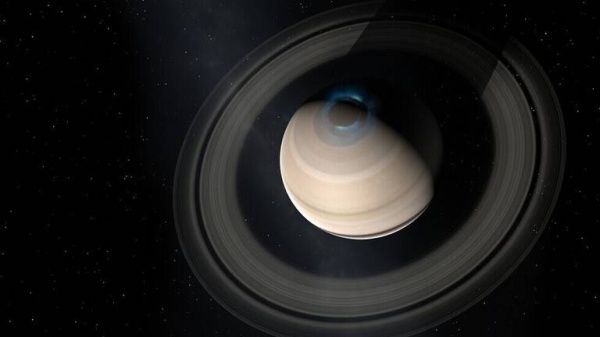RT
Astronomers have discovered 62 new moons orbiting Saturn, bringing the total number of moons of the iconic ringed planet to 145.
This discovery means that the gas giant regains the crown of the “king of moons” in the solar system from Jupiter, which exceeded in the number of moons the planet Saturn for several months after 12 new moons orbiting Jupiter were officially identified in late December, and the total number of its moons became 95 confirmed moons. .
And Saturn had 83 moons that were recognized by the International Astronomical Union, so the new batch raises the total number to 145, which represents another milestone for Saturn, as this planet became the first of the worlds in the known universe that revolves around more than 100 moons, according to to University of British Columbia (UBC) scientists, who helped make the new discoveries.
The new moons were discovered by a team led by Edward Ashton, a postdoctoral fellow at the Academia Sinica Institute for Astronomy and Astrophysics, who used a technique called “shift and jam” to find these smaller, fainter moons around Saturn.
This technology uses a set of images that change at the same speed as the moon moves across the sky to enhance the signal from that moon.
Moons too faint to be seen in individual images can reveal themselves in the resulting “stacked image”.
Astronomers have used this method to search for moons around the ice giants Neptune and Uranus, but this is the first time it has been applied to the second largest planet in the solar system, Saturn.
The data the team used was collected between 2019 and 2021 in three-hour periods by the Canada-France-Hawaii Telescope (CFHT) on Mauna Kea in Hawaii, which allowed astronomers to detect moons around Saturn up to 2.5 kilometers (1.6 miles) in diameter, equivalent to about Two-thirds of the length of the Hollywood Walk of Fame.
Although some moons were spotted early in 2019, it takes more than just seeing an object close to a planet to confirm that it is a moon and not an asteroid making a short passage close to that planet.
To change these objects from “suspect moons” to “confirmed moons” of Saturn, astronomers had to track them for several years to make sure each one was indeed orbiting the gas giant.
The newly discovered moons of Saturn were classified as “irregular moons”, and this term refers to objects that are believed to have been captured by the influence of a planet’s gravity and end up orbiting around it on large, flat or “elliptical” paths that are more inclined compared to the orbits of regular moons.
Saturn now has 121 irregular moons known in addition to its 24 regular moons. Irregular moons such as these new moons tend to gather in groups depending on the inclination of their orbits.
The Saturnian system currently hosts three of these groups: the Inuit group, the Gaulish group, and the populous Norse group, all of which take their names from different mythologies.
All of Saturn’s newly discovered moons are located in one of these three groups that currently exist. Three of the new moons belong to the Inuit group, but the majority are in the Norse group.
It is believed that the moons in these three groups arose when larger moons around Saturn were originally captured by the gas giant, which smashed together and fragmented. Investigating the irregular orbits of Saturn’s moons can help astronomers better understand the history of such collisions in the gas giant system.
The team behind the new discovery believes that the large number of small moons in the orbit of the retrograde motion around Saturn (i.e. opposite the direction of the planet’s orbit) is evidence of a collision between irregular moons around the gas giant 100 million years ago. This collision is thought to have created the moons in the Norse group.

